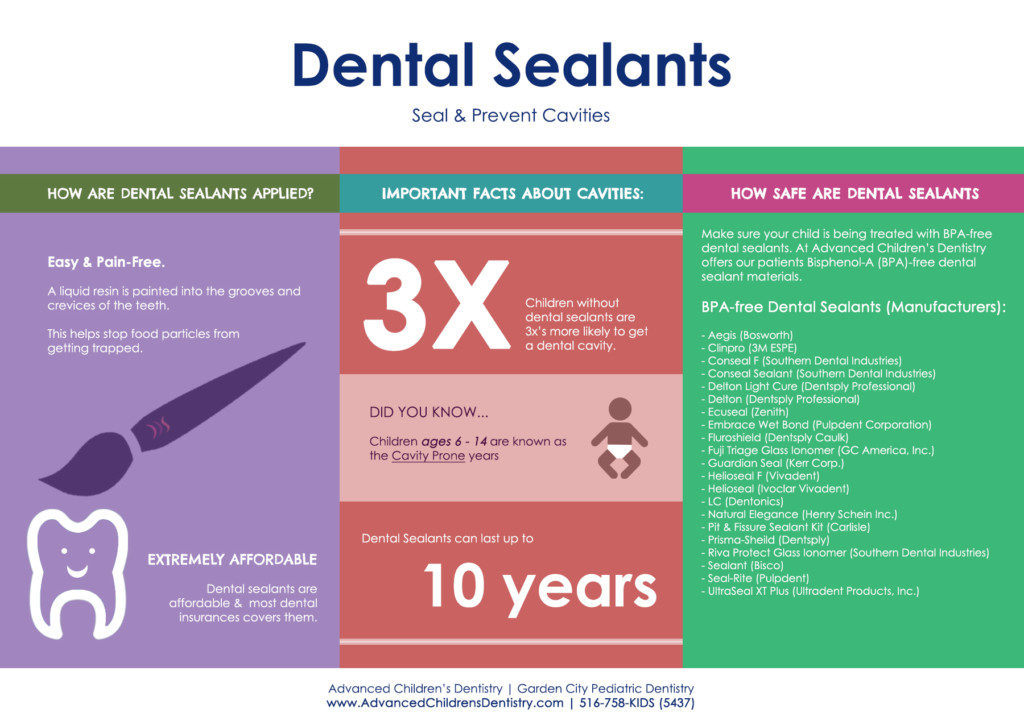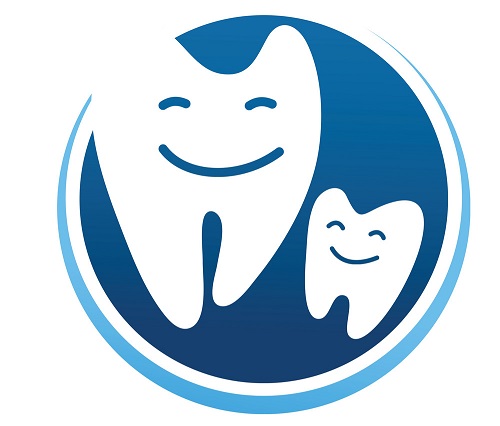Introduction
Dental sealants are a preventive dental treatment that can greatly benefit children’s oral health. This blog post will explore the benefits and considerations of dental sealants for kids, helping parents make informed decisions about their children’s dental care.
What are Dental Sealants?

Dental sealants are thin, protective coatings applied to the chewing surfaces of children’s teeth to prevent tooth decay. They are typically made of plastic and are applied to the back teeth, including molars and premolars, where cavities are most likely to develop.
Benefits of Dental Sealants
Dental sealants offer several benefits for children:
Protection against Tooth Decay
Sealants act as a barrier, protecting the teeth from bacteria and acids that can cause cavities. They seal off the deep grooves and pits on the chewing surfaces of the teeth, making it harder for food particles and plaque to accumulate.
Long-lasting Solution
Dental sealants can last for several years with proper care. They provide a durable shield against decay, reducing the need for more extensive dental treatments in the future.
Pain-free and Non-invasive
The process of applying dental sealants is painless and non-invasive. It involves cleaning the teeth, applying an acidic gel to roughen the tooth surface, rinsing, and then applying the sealant. No drilling or anesthesia is required.
Cost-effective
Compared to the cost of treating cavities and other dental problems, dental sealants are a cost-effective preventive measure. They can help save money in the long run by reducing the need for fillings, crowns, or other restorative treatments.
Considerations for Dental Sealants
While dental sealants offer numerous benefits, there are a few considerations to keep in mind:
1. Timing
The ideal time to apply dental sealants is soon after the eruption of permanent molars and premolars. This usually occurs between the ages of 6 and 14. Applying sealants early can provide maximum protection against tooth decay.
2. Proper Oral Hygiene
Dental sealants are not a substitute for regular brushing, flossing, and dental check-ups. It is essential to maintain good oral hygiene practices to ensure the overall health.
Summary
Dental sealants are a thin, protective coating applied to the chewing surfaces of children’s teeth to prevent tooth decay. They act as a barrier, sealing out food particles and bacteria that can lead to cavities. Dental sealants are most commonly applied to the molars and premolars, which are particularly susceptible to decay due to their deep grooves and hard-to-reach areas.
By providing an extra layer of protection, dental sealants can significantly reduce the risk of cavities in children. They are a safe and painless procedure that can be performed by a dentist or dental hygienist. The application process involves cleaning the teeth, applying an acidic gel to roughen the tooth surface, rinsing and drying the teeth, and finally, applying the sealant material. The sealant is then hardened using a special light.
One of the main benefits of dental sealants is their long-lasting protection. With proper oral hygiene and regular dental check-ups, sealants can last for several years. They are especially beneficial for children who may have difficulty maintaining thorough brushing and flossing habits, as sealants provide an added layer of defense against decay-causing bacteria.
However, it is important to note that dental sealants are not a substitute for good oral hygiene practices. Children should still brush their teeth twice a day with fluoride toothpaste and floss daily. Regular dental check-ups and cleanings are also essential to ensure the overall health of their teeth and gums.
While dental sealants are generally safe, there are a few considerations to keep in mind. Some children may experience temporary sensitivity after the sealants are applied, but this usually subsides quickly Going Here . It is also important to ensure that the sealants are properly maintained and checked during routine dental visits to ensure their effectiveness.
- Q: What are dental sealants?
- A: Dental sealants are thin plastic coatings applied to the chewing surfaces of the back teeth to protect them from cavities.
- Q: Why are dental sealants beneficial for kids?
- A: Dental sealants are beneficial for kids because they provide an extra layer of protection against tooth decay, especially in the hard-to-reach areas of the back teeth.
- Q: How are dental sealants applied?
- A: Dental sealants are applied by a dentist or dental hygienist. The teeth are thoroughly cleaned, and the sealant material is painted onto the chewing surfaces. It bonds to the tooth and hardens, forming a protective shield.
- Q: Are dental sealants visible?
- A: Dental sealants are usually clear or white, so they are not easily visible when applied to the teeth.
- Q: Do dental sealants hurt?
- A: No, dental sealants do not hurt. The application process is painless and non-invasive.
- Q: How long do dental sealants last?
- A: Dental sealants can last for several years with proper oral hygiene and regular dental check-ups. They may need to be reapplied if they become worn or damaged.
- Q: Can adults get dental sealants?
- A: While dental sealants are commonly used for children, adults can also benefit from them, especially if they are prone to cavities or have deep grooves on their teeth.
- Q: Are dental sealants covered by insurance?
- A: Many dental insurance plans cover the cost of dental sealants for children, as they are considered a preventive measure. It is best to check with your insurance provider to confirm coverage.

Hello, and welcome to my website! My name is Thomas Anderson, and I am thrilled to share my passion for dental hygiene with you. As a professional dental hygienist, I have dedicated my career to helping individuals achieve optimal oral health and maintain beautiful smiles.



